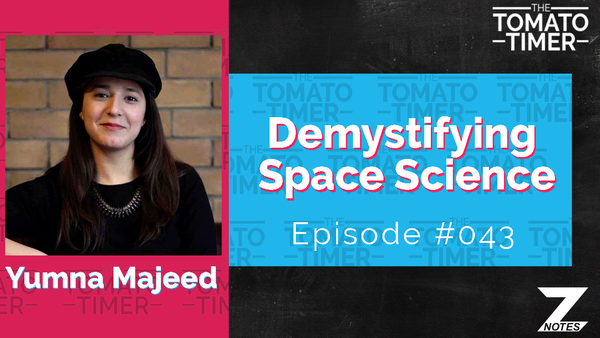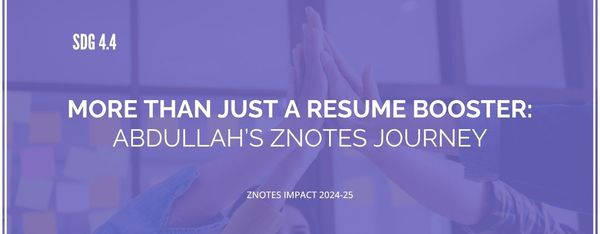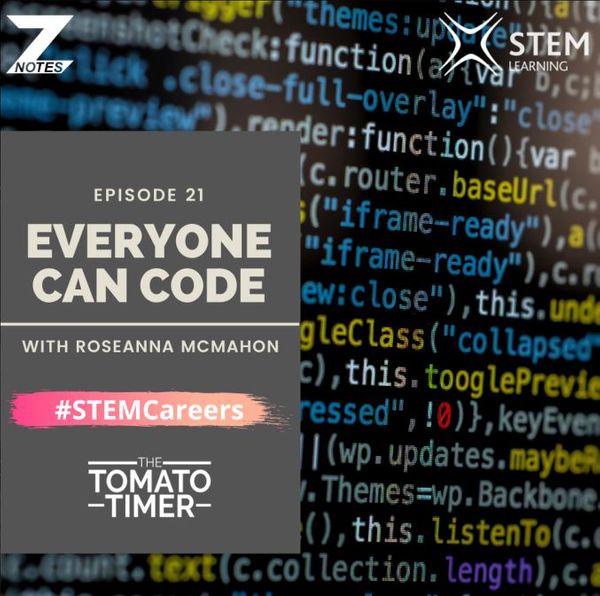Learning by Doing
Project based learning, abbreviated to PBL, is an instructional approach that allows students to gain knowledge and develop skills through projects based on challenges or problems that have real-life applications.
Swiss psychologist Jean Piaget once said knowledge is a consequence of experience. This statement eloquently captures the essence of PBL. It aims to help students learn by investigating and responding to an engaging, complex and practical problem. Students work on creating a solution for an extended period of time, ranging from a couple of weeks to a few months. Students then demonstrate their work by creating a public product or presentation to show a real audience.
The PBL model focuses on these main characteristics :
- A real-life open-ended question to create a challenge
- An academic factor, or what is asked of students in terms of school
- 21st-century skills such as communication, collaboration and critical thinking
- Stimulation of students' intrinsic curiosity
- Intense research and a peer and expert review of the solution, much like research is presented in the real world.
Project-based learning is not the same as simply doing a project in class. In PBL, the project is the medium through which students learn, i.e. instead of a textbook or a PowerPoint, the project is used to teach students. It frames curriculum and instruction, much like a textbook would. Projects done in class after the teacher has completed a particular chapter, often referred to as an dessert project, differ from PBL in that PBL is the chapter itself. It is not an additional piece of work. PBL also requires higher-order thinking skills, problem-solving skills, teamwork and the ability to see the bigger picture.
Traditional learning never ventures beyond the realm of the purely academic. Project-based learning connects students to the world beyond the classroom and prepares them to accept and meet challenges in the real world in a way that mirrors what professionals do every day. It provides an opportunity for students to engage deeply with the content, bringing about a focus on long-term retention, not short-term memorization. The PBL structure lends itself to building intrinsic motivation because it concentrates student learning around a central question or problem and a meaningful outcome. Students end up wanting to understand the answer or solution as much or more than the teacher wants to know what they know.
You can watch a few examples of project-based learning and read up a little more on it here.




